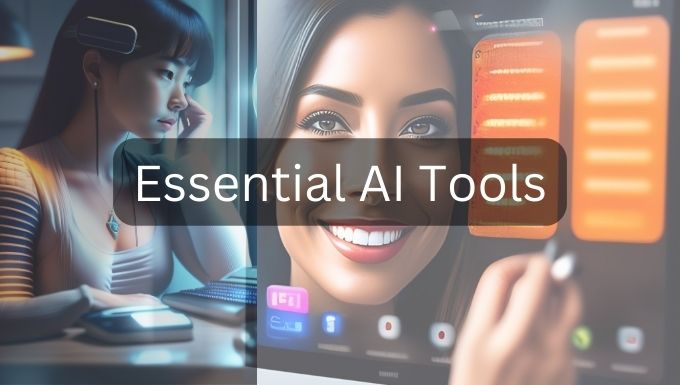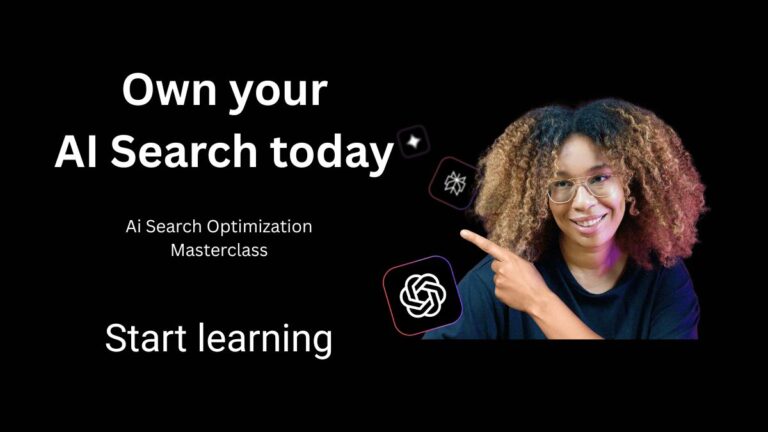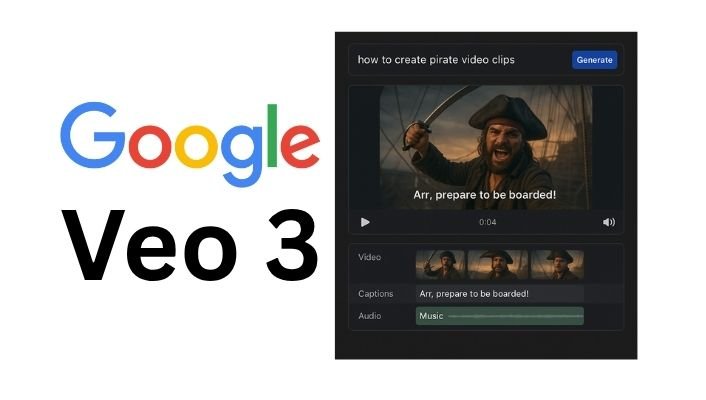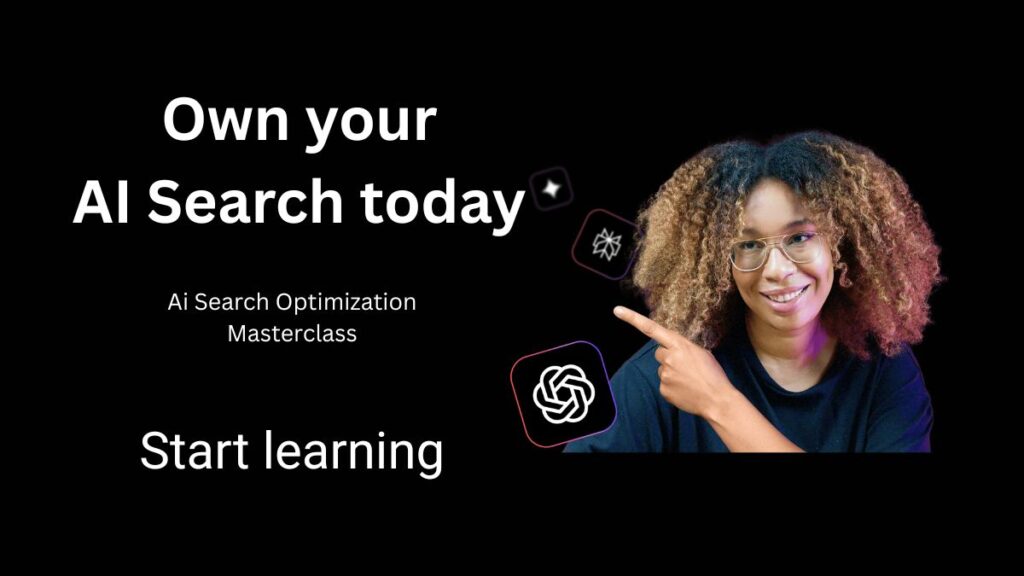If you’re hunting for a practical, free-first AI toolbox you can trust, this guide cuts through the hype and lists tools that actually move the needle.
It’s organized by job-to-be-done—from writing and design to coding and marketing—with quick picks, setup tips, and smart ways to integrate these solutions into your real workflow.
What you’ll get:
-
Curated, reliable tools with generous free tiers across key creative and business tasks.
-
Short “why it’s good” explanations and best-fit use cases for each tool.
-
Practical workflows, a selection checklist, and simple metrics to track ROI.
-
Ethical, legal, and privacy pointers with reputable references.
-
Contextual internal links to related SEO resources.
Note: “Free” often means “free plan with limits.” Always check each tool’s current terms before committing.
Quick Picks: Essential AI Tools by Task
This list features tools that are either open-source or offer a generous free plan, making them reliable and widely used across their respective fields.
For Writers and Researchers
-
Perplexity (free): Fast answers with citations; ideal for first-pass research and drafting briefs.
-
Grammarly Free or LanguageTool: Essential for grammar, clarity, and tone adjustments.
-
Hemingway Editor (web): Helps tighten prose and boost readability by highlighting complex sentences and passive voice.
-
QuillBot (free tier): A responsible way to paraphrase and summarize complex information.
-
Surfer AI: A powerful solution for content optimization, helping you align your text with search intent and user expectations.
For Design, Images, and Video
-
Stable Diffusion (via Stability AI/Clipdrop free credits or web UIs): Robust text-to-image or image-to-text generation with strong creative control.
-
Canva Free: A versatile tool with templates, a background remover, and basic “Magic” artificial intelligence features for quick designs.
-
GIMP + G’MIC or Krita: Open-source editors with intelligent filters for advanced photo manipulation and digital painting.
-
CapCut (free): Excellent for auto-captions, background removal, and quick social media edits.
-
Curious about Gen-AI video? See our tutorial on how to use Google Veo 3, a trending tool for creating short, shareable clips without a paid studio setup.
For Developers and Data Teams
-
Codeium or Tabnine (free for individuals): Provides code suggestions directly within your Integrated Development Environment (IDE).
-
Cursor (free tier): An AI-assisted code editor for efficient refactors and quick prototypes.
-
Google Colab (free): A cloud-based notebook environment for running code and small models, great for demos and experiments.
-
Scikit-learn, PyTorch, TensorFlow: Battle-tested, open-source machine learning stacks for building custom models.
-
Sentry (free plan) + Lighthouse: Use this stack to monitor app errors and performance budgets.
For Music and Audio
-
Audacity: A classic open-source editor for noise reduction, equalization, and audio cleanup.
-
LMMS: An open-source Digital Audio Workstation (DAW) for composing and producing music.
-
Meta MusicGen/Audiocraft (via Hugging Face Spaces): Provides a playground for experimenting with AI-generated music and sound effects.
-
Adobe Enhance Speech (free web tool): A simple way to improve the clarity of spoken audio.
-
Whisper (open-source) or web UIs: An accurate speech-to-text model for generating transcripts and captions.
For Marketing and SEO
-
Google Trends and Search Console: The two most essential free tools for market insights and Search Engine Results Page (SERP) performance data.
-
Perplexity: Get a quick SERP synthesis with sources; perfect for creating content outlines.
-
Our free backlink checker: Gauge competitor backlink profiles before outreach.
-
Backlink Generator: Build starter signals prudently for new pages.
-
This list of free backlink sites: A curated resource for safe, early-stage traction.
A Smarter AI Toolbox: Mini-Stacks for Your Workflow
Instead of a random list, a “mini-stack” is a sequence of tools that work together to solve a specific problem.
Writers: From Brief to Publish
-
Research: Use Perplexity for a sourced overview, then dig deeper with Google Scholar for primary literature.
-
Draft: Write in your editor of choice, then pass it through Hemingway to tighten the prose.
-
Clean: Use Grammarly or LanguageTool for final clarity and tone checks.
-
Verify: Run a plagiarism scan with a tool like SEO SMO HUB and spot-check quotes and stats.
-
SEO Quick Wins: Validate topics with Google Trends, then run your URL through our free backlink checker to see how you stack up against competitors and find quick linking gaps.
Designers and Creators: From Concept to Post
-
Ideate: Use Stable Diffusion prompts to generate rough concepts or style explorations.
-
Compose: Use Canva’s free tools for layouts, brand kits, and social media sizes.
-
Polish: Refine and retouch images with GIMP or Krita for advanced filters.
-
Video: CapCut is your go-to for captions, cuts, and background cleanup.
Developers and Data Teams: Ship Faster, Break Less
-
Code: Use Codeium or Tabnine for boilerplate and suggestions, but always keep a human review step.
-
Notebooks: Use Google Colab for quick experiments and export your work to your own repository.
-
Monitoring: Set up Sentry for error tracking and Lighthouse for performance budgets.
-
Security: Never paste sensitive data or secrets into cloud AI platforms; store keys in your local vault.
Marketers and SEO Pros: Plan → Create → Promote
-
Research: Use Google Trends and Perplexity for topic discovery and competitive insights.
-
Outline: Ask a language model to generate comparisons, FAQs, and schema-friendly sections based on your research.
-
Create: Draft in your CMS, ensuring you add a unique point of view and original examples.
-
Promote: Use our Backlink Generator to judiciously seed early signals, then validate growth with the free backlink checker and expand outreach using our list of free backlinks sites.
-
Measure: Track impressions (GSC), rankings (manual spot checks), and conversions (analytics). Iterate on pages that show traction.
How to Choose the Right AI Tools (A Quick Checklist)
To ensure the solutions you choose are a true fit, answer these questions before committing.
-
Relevance: Does this application solve a real task you do weekly?
-
Cost & Limits: Is the free plan sufficient for your needs over the next 60–90 days?
-
Privacy & Data: Where does your data go? Can you opt out of having it used for model training?
-
Rights & Licensing: Are the AI outputs clearly licensed for commercial use?
-
Control & Portability: Can you easily export your data or work in a vendor-agnostic format?
-
Proof of Value: Try a mini-project and measure the time saved or the quality improvement.
The Human Touch: Integrating AI Effectively
AI is a powerful assistant, but it should enhance—not replace—your human judgment. Here are some simple ways to integrate these solutions without breaking your flow.
-
Add, Don’t Replace: Use AI to handle first drafts, outlines, or captions, but keep human judgment for strategy and final review.
-
Lock in a “Human Review” Step: Implement a policy that everything customer-facing gets a final check for accuracy and tone.
-
Set Data Guardrails: No secrets, no Personally Identifiable Information (PII) into cloud tools.
-
Create a Prompt Library: Save prompts that generate great results in a shared document to ensure consistent, high-quality outputs.
-
Track Value: For two weeks, measure the time on a repeatable task with and without AI assistance to prove its value.
Ethical & Legal Basics: The Essentials
Using artificial intelligence responsibly is a critical part of a modern workflow.
-
Bias and Fairness: AI models learn from imperfect data. Always double-check outputs that touch sensitive areas like hiring, finance, or legal matters. Consider using the NIST AI Risk Management Framework for a lightweight approach to identifying and mitigating risks.
-
Privacy: Understand what data a tool logs and retains. Prefer solutions that offer clear opt-out policies for data training.
-
Copyright & Licensing: Generative outputs can be subject to complex rules. Review guidance from the U.S. Copyright Office on works that contain AI-generated material. When in doubt, add clear attribution for your process and keep source files.
-
Accessibility: Favor tools with features like captions, keyboard shortcuts, and screen-reader support, as this is both good UX and broadens your audience.
FAQs about the AI Toolbox
What is an “AI toolbox”?
An AI toolbox is a practical set of AI applications aligned to specific tasks (writing, design, coding, SEO, etc.), chosen for their reliability, privacy, and cost-effectiveness. It is not a random, unvetted list of apps.
How do I choose the right AI solution for my needs?
Start by assessing what you need the tool to do. Look for solutions that offer the features you require, and read user reviews or ask for recommendations to find the best options. Then, use the checklist in this guide to evaluate your top picks.
Are these tools challenging to learn and use?
This varies widely depending on the tool’s complexity. Many are designed for ease of use and can be picked up quickly, while others require more technical knowledge. Most reliable solutions offer tutorials or user support to help you get started.
How can I ensure I use these tools ethically and responsibly?
Stay informed about the ethical implications of AI and the best practices for using these tools. Always be mindful of their impact on your work and others, and strive to use solutions that are transparent, fair, and respectful of privacy.
What should I do if I encounter problems with an AI tool?
First, consult the tool’s help resources or user support. If that doesn’t resolve the issue, look for online forums or communities where you can ask questions and get advice from other users. You can also contact the tool’s developers or support team for assistance.






